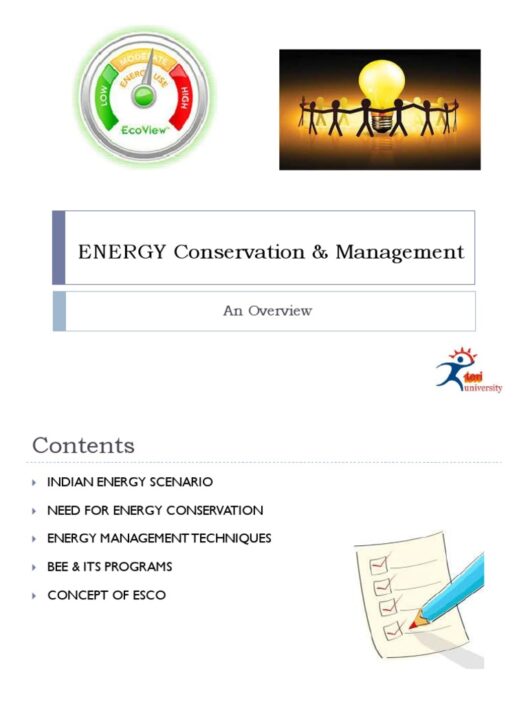Cement is ubiquitous in modern construction; its applications range from residential homes to monumental skyscrapers. Yet, beneath its commonplace stature lies a pressing environmental concern that demands our attention. This seemingly innocuous powder, when combined with water and aggregates, forms concrete—an indispensable material that shapes our cities and infrastructures. However, there is a carbon secret enveloping cement that presents significant implications for global warming. Understanding the ramifications of cement production is critical for environmental advocacy and sustainable development.
The journey of cement production begins with the extraction of limestone, the primary raw material, and clay. These materials are subjected to high temperatures in a rotary kiln, where they undergo calcination—this process releases enormous quantities of carbon dioxide (CO₂) into the atmosphere. The World Business Council for Sustainable Development underscores that cement manufacturing accounts for approximately 8% of global CO₂ emissions. This staggering figure illustrates the environmental footprint of cement, showcasing it as a principal contributor to anthropogenic greenhouse gases.
A common observation is that the construction industry has perpetuated a reliance on cement due to its durability and strength. While durable structures are crucial for societal progress, the hidden costs associated with these benefits merit scrutiny. The fascination with cement lies not only in its inherent properties but also in its profound impact on climate change. The implications of cement production extend beyond local construction practices; they resonate globally through their contribution to climate peril.
Development projects may inadvertently serve as agents of environmental degradation when cement is utilized. Infrastructure expansion and urbanization frequently correlate with increased cement demand. As such, cities burgeon, often at the expense of ecological balance. Entire ecosystems can be ravaged in the quest for raw materials needed for cement production. Deforestation, habitat destruction, and increased rainfall runoff can ensue, exacerbating biodiversity loss and threatening vulnerable species.
The carbon footprint of cement is compounded by the fossil fuels used to power kilns, an aspect often overlooked in discussions about its environmental impact. These fuels contribute additional greenhouse gases, buttressing the argument that cement is not merely a construction byproduct but a significant player in our planet’s climate crisis. Moreover, as global temperatures rise, natural disasters such as floods and droughts become more pronounced, leading to even greater demand for cement to rebuild and fortify at-risk areas. This vicious cycle perpetuates a reliance on materials that contribute directly to environmental upheaval.
In response to the alarming environmental implications, researchers and industry leaders are delving into alternative solutions for mitigating cement’s carbon emissions. Innovations in cement formulations, such as geopolymer and carbon capture, utilization, and storage (CCUS) technologies, offer promising pathways toward reducing the carbon footprint of this essential material. Geopolymer cement, for instance, utilizes industrial byproducts, such as fly ash or slag, as substitutes for traditional clinker, significantly reducing CO₂ emissions during production.
Furthermore, incorporating waste materials into cement formulations may present a dual benefit: a reduction in carbon emissions and a means of waste management. By repurposing materials that would otherwise contribute to environmental pollution, the cement industry can pivot from being a source of carbon emissions to a more sustainable practice. This shift demands an intentional focus on circular economy principles, wherein the life cycle of materials is extended and waste minimized.
As the public becomes increasingly aware of climate change, there exists a burgeoning interest in the environmental implications of cement usage and the efficacy of alternative construction materials. Architects and engineers are exploring timber, bamboo, and recycled plastics as sustainable alternatives to traditional concrete. These materials offer less carbon-intensive options without compromising structural integrity in many applications. The chorus calling for a sustainable building revolution amplifies; we must reassess our dependency on cement and explore diverse paths toward eco-friendly construction.
Education and advocacy are essential components of transforming the current paradigms of cement use. Those involved in the construction industry must be equipped with knowledge about sustainable practices and alternatives. Governments can play a pivotal role by instituting policies that incentivize reduced carbon emissions from cement production. Research funding for innovative building materials and construction methods promotes a forward-thinking approach to reducing the carbon footprint across various sectors.
In conclusion, cement’s carbon secret reveals a complex interplay between necessary construction practices and their detrimental effects on our planet. Acknowledging the environmental impact of cement production is paramount for fostering dialogue around sustainable development. The fascination with cement may persist, but it is critical that we interrogate its relationship with global warming. Integrated approaches that embrace environmental stewardship and sustainable architectural practices are imperative for mitigating the impact of cement on our climate. Only through comprehensive understanding and action can we hope to balance our construction needs with the urgent demands of our planet.








